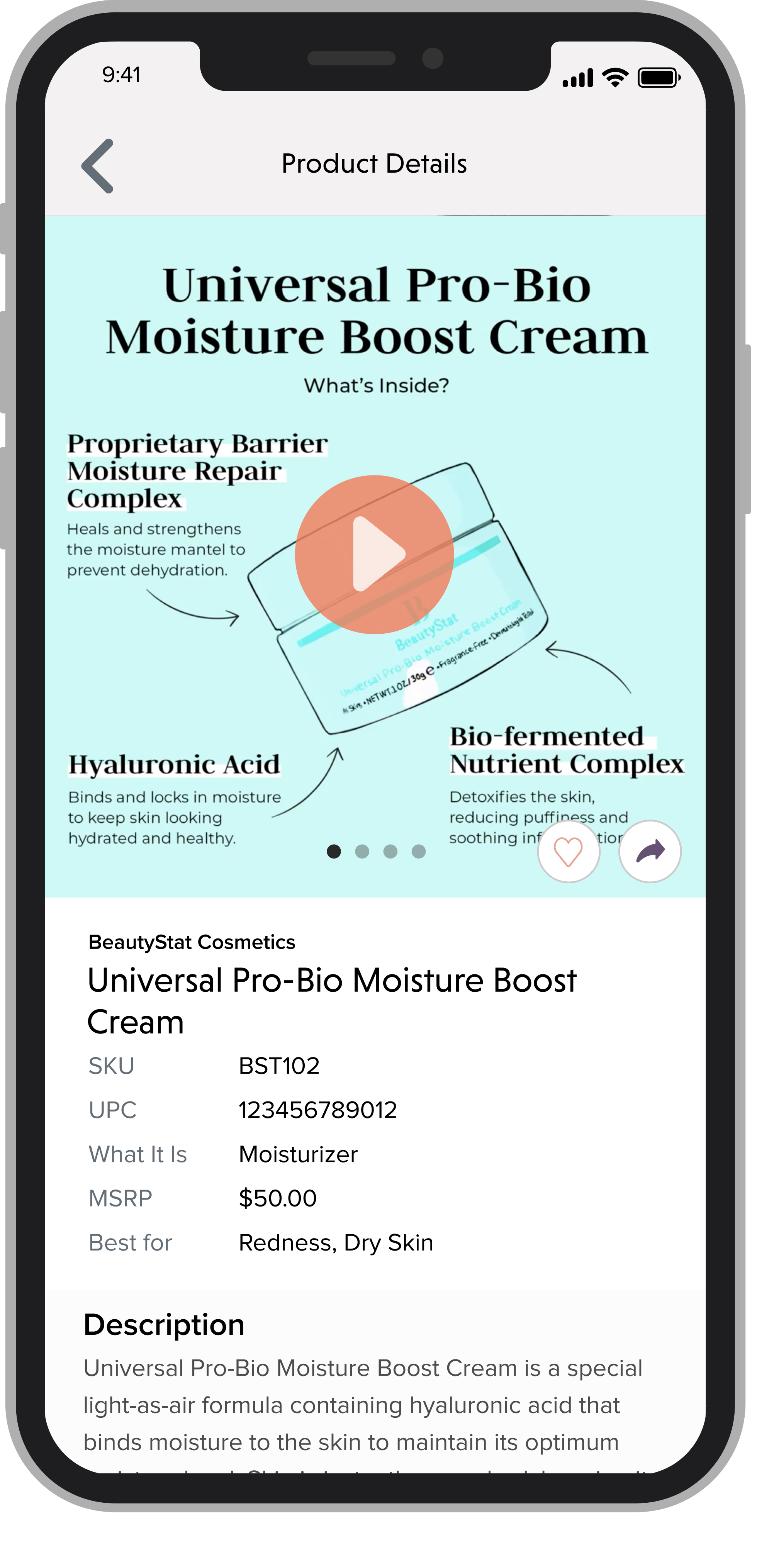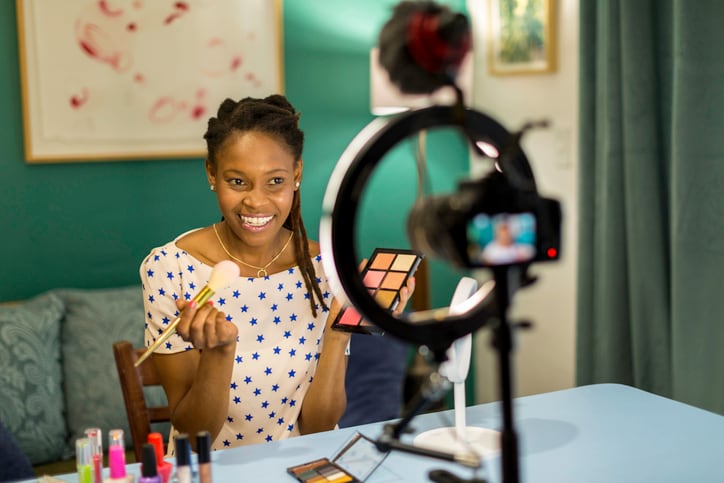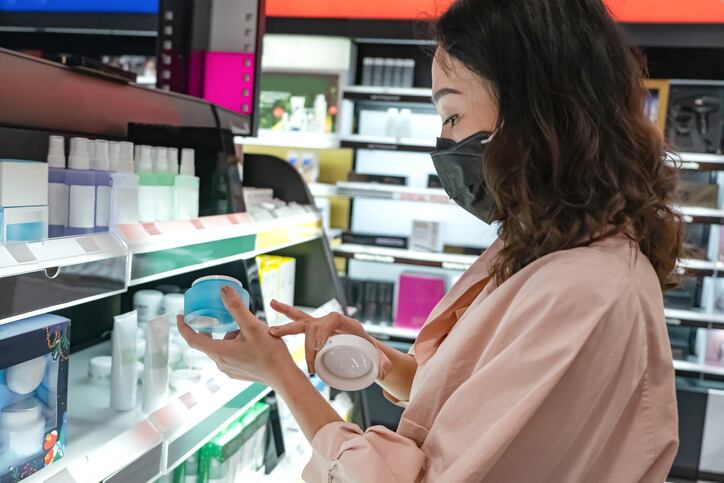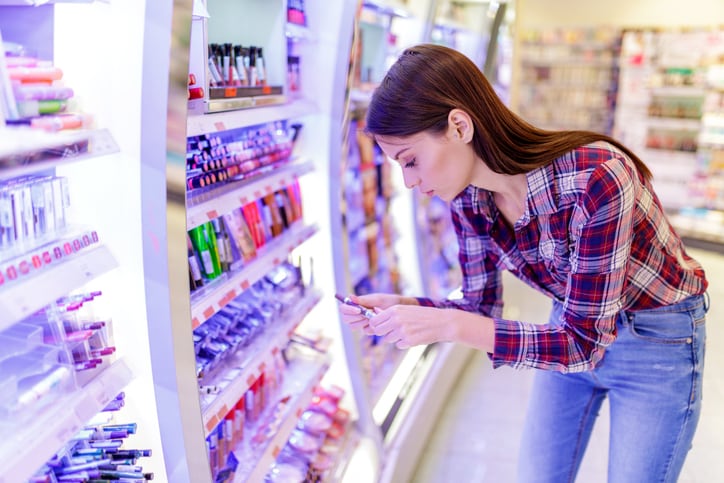Beautyfluent, powered by Landing International, launched in April as an education and training tool for beauty advisors in-store. There are around 1200 advisors between JC Penney and Ulta on the app which allows them to access real-time training materials.
Sarah Chung, the founder of Landing International, told CosmeticsDesign that after working in the international and import beauty business, she saw a gap for brands, particularly indies, in getting training into the hands of beauty advisors.
“There's a sales force of ambassadors who are willing and ready to champion these different indie brands, but they're not really being given the tools and ammunition to go and fight this war for the brands,” Chung said.
Here are three ways Beautyfluent hopes to innovate on the beauty advisor training process.
1. On-demand training materials for beauty advisors

As a paying member of the app, a beauty advisor can scan any product barcode and instantly see training materials like training sheets and demo videos. In exchange for taking training quizzes, brands can reward advisors with gratis products.
Adriana Lipsztein, vice president of marketing at Landing International, said that means beauty advisors can get information when they need it.
“They don't have to take out an hour and a half of their day to get trained when a trainer comes in, they can do it on the go and on the spot, even when the customer is there,” Lipsztein said.
As the materials are available on demand, Chung said companies are also able to make sure their training materials are as up-to-date as possible.
2. Easing disadvantages for indie brands
For indie brands in particular having the training information available virtually can mean a more equal playing field with bigger brands. Chung said those brands are disadvantaged both by not being household names and not having the budgets to send sales representatives for frequent training.
With Beautyfluent, not only do the advisors have access to any brand’s training materials but they are also incentivized to learn more about the indie brands.
“Because beauty advisors have access to a wide breadth of brands, they're interested (in indie brands),” Chung said. “It would very difficult for even just one brand to keep the attention and the daily interaction of a beauty advisor.”
Lipsztein added that Beautyfluent can make some level of retail training accessible for indies who may have budgeted for obvious marketing expenses like advertising, but weren’t prepared for retail training costs.
3. Tracking training effectiveness
For the brands, Chung said Beautyfluent will allow them to track how effective their training materials are at increasing sales through beauty advisors. Chung said brands can see if educational quizzes or gratis products are causing a lift in sales, allowing them to determine why.
“One brand said Beautyfluent does not solve my problems, but it’s letting me know what the problem I have is,” Chung said.
For midsized and indie beauty brands that don’t have expertise in retail training, Lipsztein said Beautyfluent could be a tool to really level the playing field and track their tactics and progress outside of the DTC retail space.




